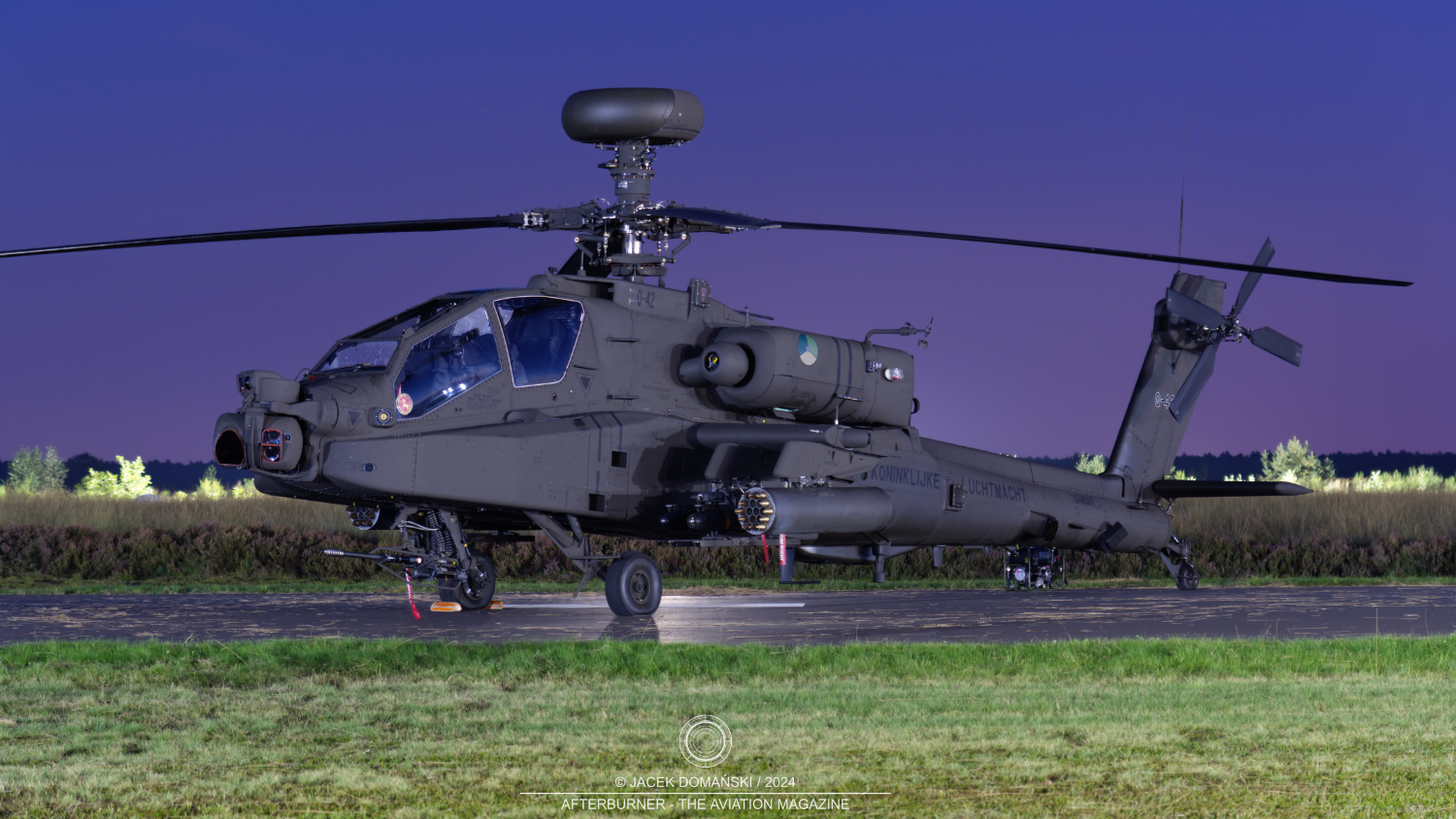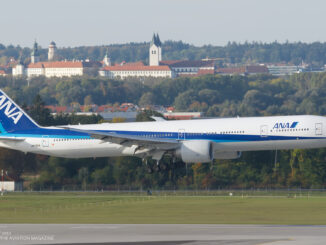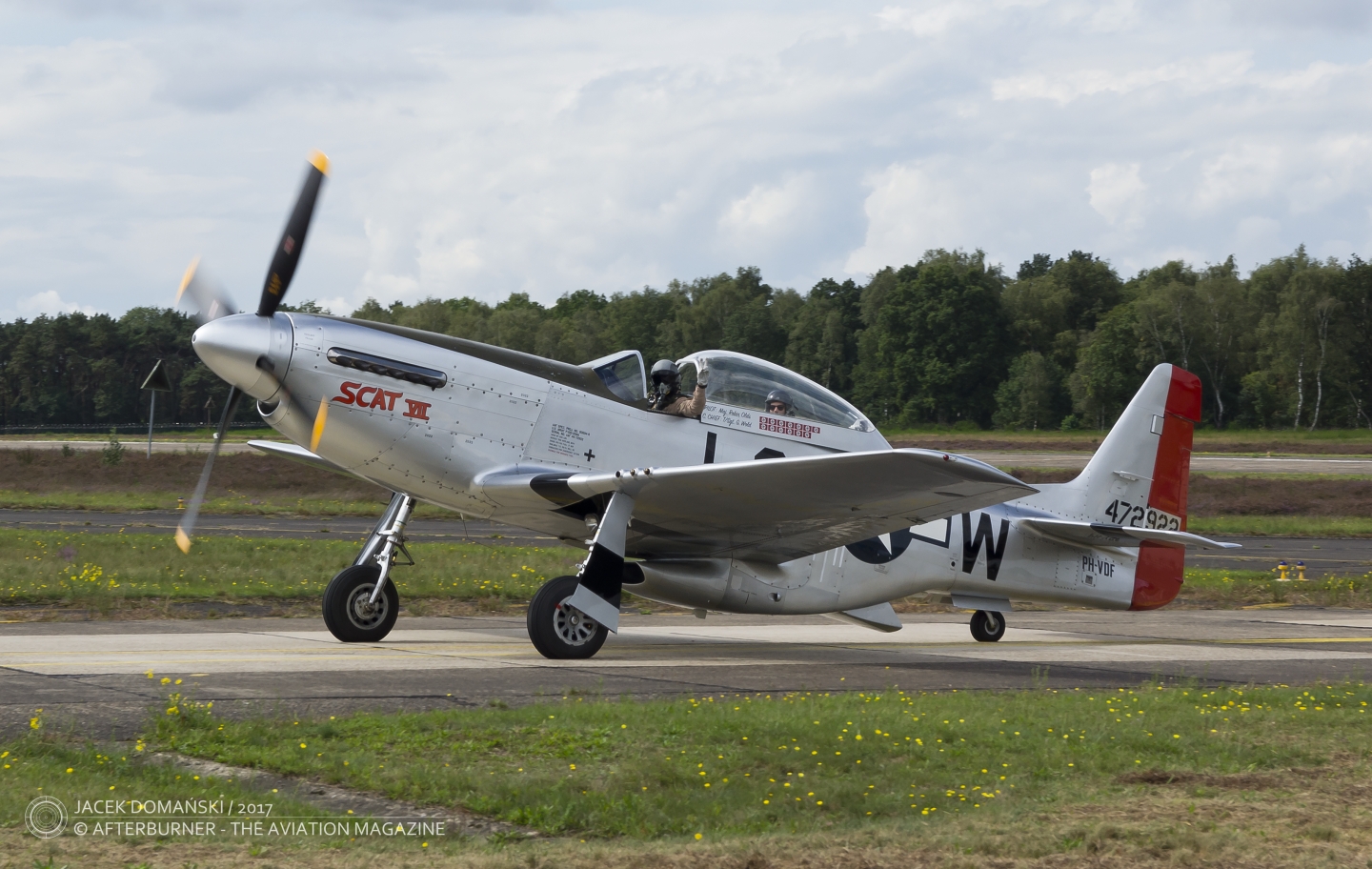 Boeing AH-64E Apache Guardian (c/n NL012, Q-42 of Koninklijke Luchtmacht – the Royal Netherlands Air Force/RNLAF), static display during the 44th Sanicole International Airshow / Sanicole Sunset, Hechtel-Eksel, September 2024.
Boeing AH-64E Apache Guardian (c/n NL012, Q-42 of Koninklijke Luchtmacht – the Royal Netherlands Air Force/RNLAF), static display during the 44th Sanicole International Airshow / Sanicole Sunset, Hechtel-Eksel, September 2024.
At the end of the 1980s, the Dutch military authorities for the first time showed their interest in purchasing Apache helicopters. However, the competition for new attack rotorcraft for the RNLAF took place only in 1994. The three competitors that entered the bid were the Apache, Eurocopter EC 665 Tiger, Agusta A-129 Mangusta and Bell AH-1W SuperCobra.
In May of 1995, it was the AH-64D Apache Longbow which was officially chosen as the new Dutch attack helicopter and order for thirty examples was placed. Although the Longbow variant was selected, the helicopters were purchased without the characteristic radar dome atop the main rotor. They were only fully configured to carry the Longbow radar that could be purchased separately later and mounted on the rotorcraft if necessary.
Another interesting characteristic feature of the RNLAF operated AH-64D was their self-protection system, named Apache Modular Aircraft Survivability Equipment (AMASE) and tailored especially for the Dutch armed forces by Therma company.
Deliveries of the AH-64D for the RNLAF began in 1998. However, for a quicker implementation of the new attack helicopter, the Netherlands temporarily leased twelve AH-64As from the US Army.
The leased helicopters were assigned to the 301st Squadron RNLAF and already in 1998 were, as part of the US forces, deployed to its first combat mission – the NATO intervention in Bosnia and Herzegovina. The second Apache unit, the 302nd Squadron RNLAF, was formed in 1999.
The last of purchased AH-64D helicopters was delivered to the RNLAF in May of 2002. The leased aircraft were returned to the US Army at the turn of 2000 and 2001.
During their operational service, the Dutch Apaches participated in combat operations in Djibouti, Iraq, Afghanistan and Mali. Two helicopters were lost in aviation accidents.
In 2002, the RNLAF established its Apache Solo Display Team, becoming the first air force in the world to perform displays with the Apache helicopter. The team remained active until 2016 and was officially disbanded the next year (more information about the RNLAF Apache Solo Display Team can be found in our article AH-64D Apache / F-16AM Fighting Falcon, issued in May of 2019, within the Photo of the Week series).
In 2018, the Dutch authorities decided about upgrading the country´s Apache helicopters to the latest AH-64E standard. The remanufacture contract was worth approximately 1.2 billion USD and included upgrade of twenty-eight airframes and purchase of new, more powerful GE-made engines, as well as acquirement of seventeen APG-78 fire control radars, twenty-eight target acquisition and designation sights MTADS and upgraded night vision sensors.
The upgrade process was officially launched in November of 2021. The first six examples of the Dutch AH-64E (tactical numbers Q-31 to Q-36) remained in the USA and are used for the RNLAF training purposes. The first AH-64E Apache Guardian (Q-37) arrived to the Netherlands in March of 2024 and assigned to the 301st Squadron at Gilze-Rijen. It is expected the modernisation of the Dutch Apache fleet would be concluded until the end of 2025.



